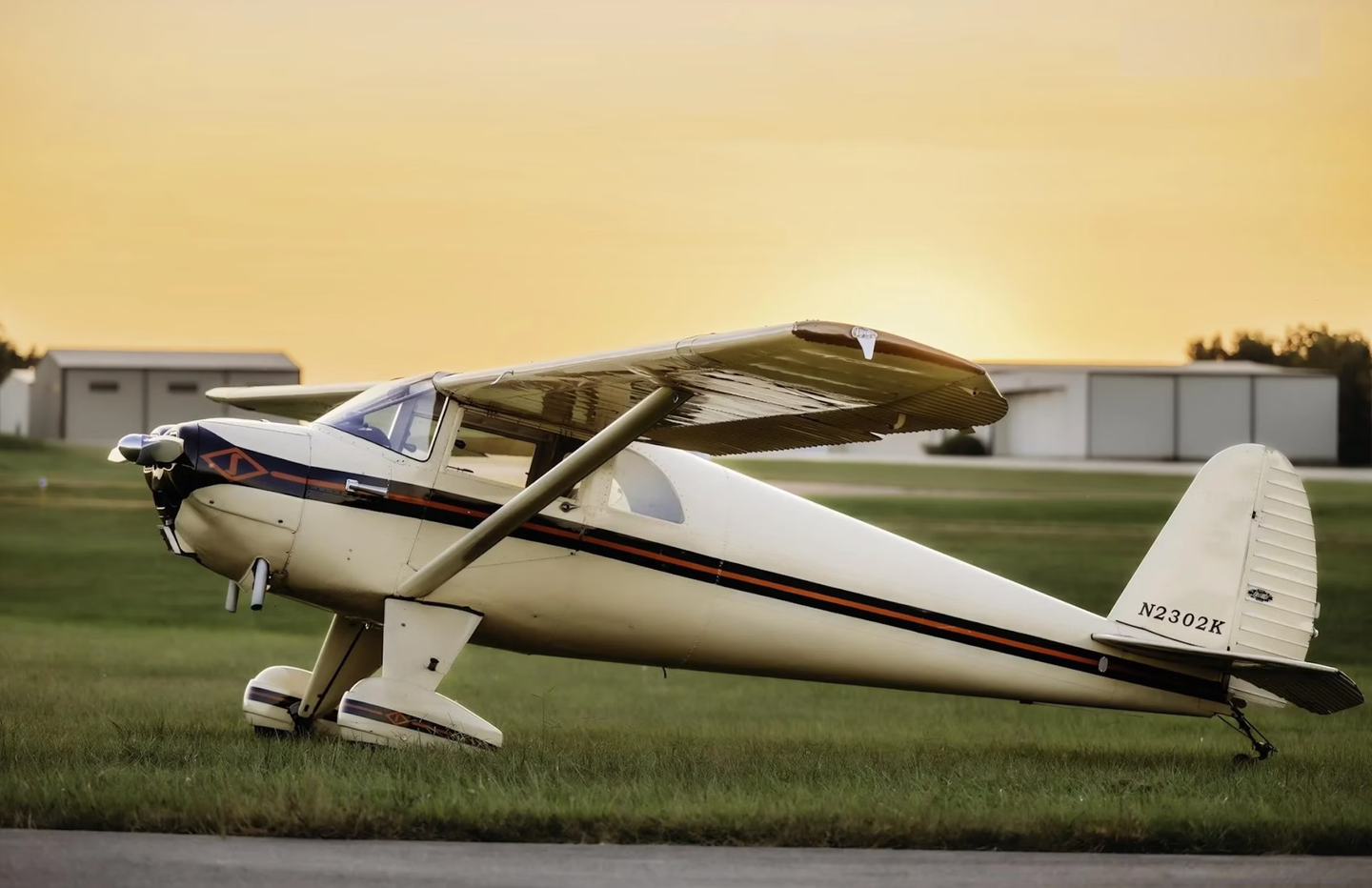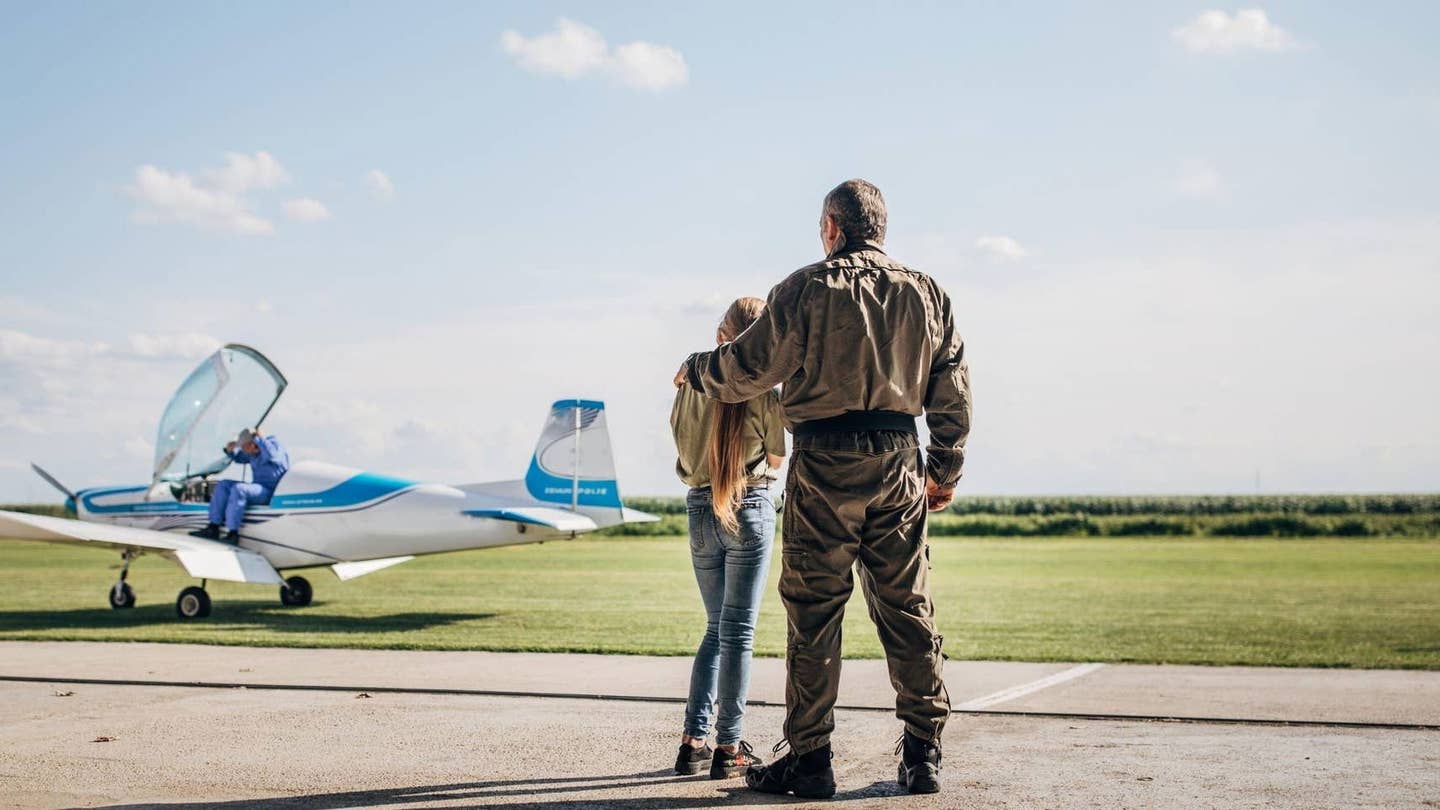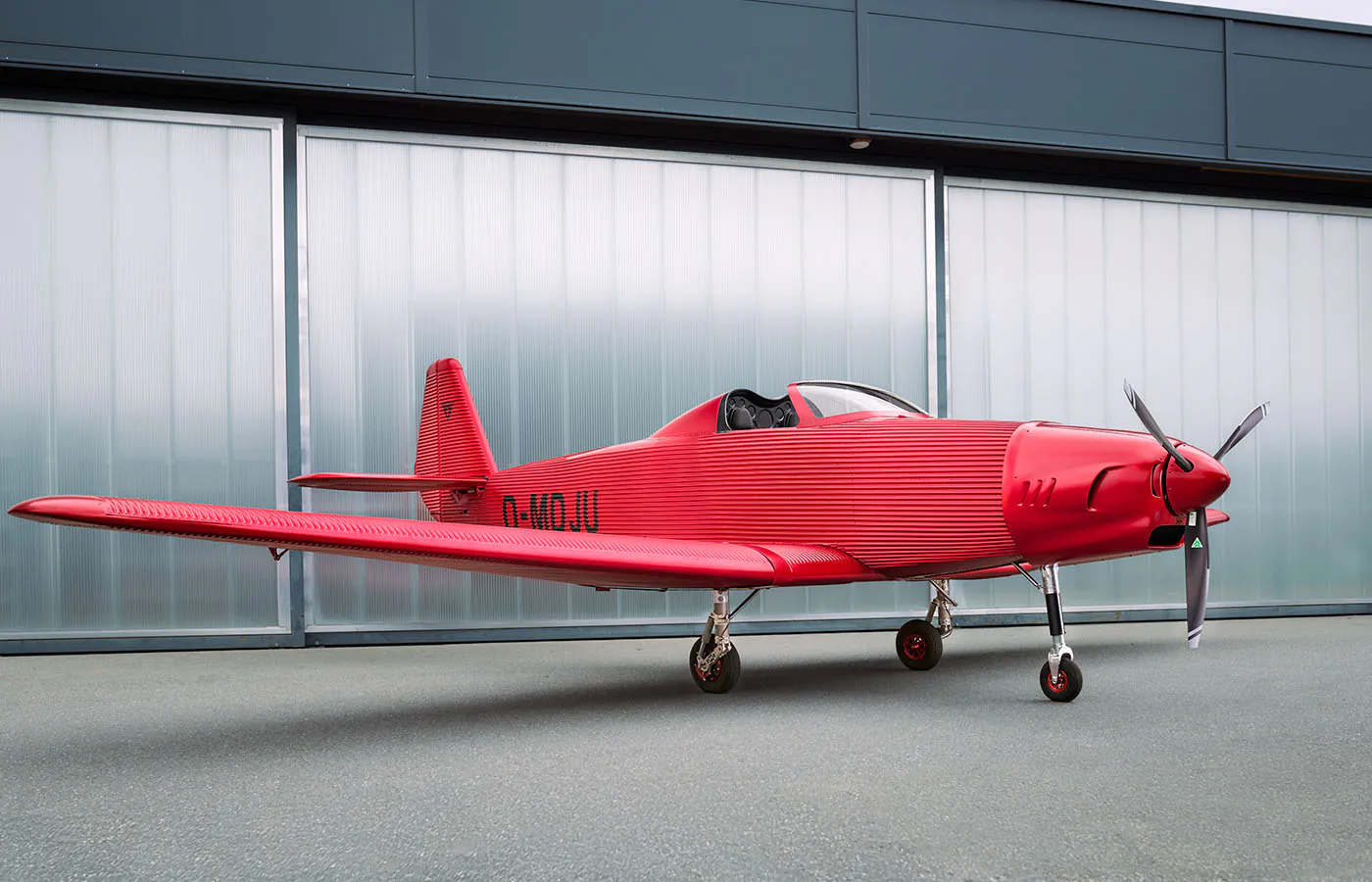Slow It Down for Safety’s Sake
Being mindful of procedures and attention to detail during ground operations can alleviate risks and prevent runway incursions.

Not every ramp or taxiway is as filled with threats as they were for this Hurricane Helene relief flight. [Photo: Jeremy King]
As I settled back into my seat, I looked over to the first officer. We were about 15 minutes prior to departure, and things were all shaping up to be on time.
“Hey, how’s about a preflight checkl-”
“Interior and exterior inspections?”
“Compl-”
“Oxygen masks?”
“Chec-”
“Checked. CVR?”
Chhhhheeeecccckkkkeeeedddddd.
I waited a long moment before I replied. You could see tension building as I upset his rapid-fire recitation of the checklist.
It was the first flight of our first trip together, and it was apparent that some discussion about pacing our tasks for safety was in order before we even left the gate. My first officer was still fairly new to the company and brought an energy that was both understandable and a threat.
One of the biggest misconceptions about professional pilots is that we do everything fast. Sure, we fly fast airplanes, but unless they’re on fire, doing anything in a rush creates unneeded risks. And of all phases of flight, the tradeoff of risk versus reward that comes with being in a hurry seems most lopsided when you’re on the ground, and the parking brake is arguably the biggest hammer in our professional toolbox.
Taxiing is one of the biggest threats we face on a two-person flight deck. We emphasize attention to detail, not trusting our memory when it comes to taxi clearances, verifying runways prior to crossing or holding short, and ensuring that both pilots are heads-up for taxi, or that they vocalize any time a pilot goes heads-down.
Know Your Route
When at a towered field, be consistent in copying your taxi clearances. In the jet, I type the taxi route into the “scratch pad” text line of the FMS. In the Mooney, I keep a small notebook wedged between the glareshield and windshield, within easy reach, and folded open to a blank page.
I generally know what runway I’m headed to before calling for taxi, so I go ahead and write that down. Say we’re planning to take off from Runway 3R at Dekalb-Peachtree Airport (KPDK) in Atlanta. From the FBO ramp at Aero Center, your taxi clearance might go something like this:
“Cessna 12345, Runway 3R. Taxi right onto E, give way to the Lear on A, then Right onto A, to the run-up pad and remain with me. Advise when run-up complete.”
You knew you were going to 3R, so that’s already on your scratchpad. So, just add to that: Now your scratch pad says “3R E/A LRJT A run-up.” If there’s only one direction to turn onto the taxiway that takes you to that runway, no sense writing down the direction of the turn as long as you are aware of where you’re ultimately headed. I use a single slash as shorthand for “hold short” or “give way,” and a double slash as cleared to cross.
Run-up complete. Ground says taxi A to hold short of 3L and monitor tower. Now, the scratchpad grows to “3R E/A LRJT A /3L.” Tower clears me to cross 3L and hold short of 3R, so it just keeps growing: “3R E/A LRJT A /3L //3L /3R.” So in less than 20 characters, you’ve captured your initial taxi route and the steps that were added as you progressed.
Another solid tactic is to simply trace the taxi route over the airport diagram in your EFB app to pave your own yellow brick road. A perpendicular line across your route makes a good way to visualize points where you’re instructed to hold short.
Set the Brake
Plans change. Halfway to the runway, the windsock hangs a U-turn. Someone might foul the runway with an emergency, or any number of factors can change your plan.
Not all that long ago, I was at KPDK and realized that I’d left the keys I would need at the destination back at the hangar. I told ground I had to go back, and the taxi route wasn’t the same way I’d taxied out. I’m not based there, so it took a moment to figure the route out.
“Give me just a second while I figure out where that intersection is,” I said.
Nobody blinked an eye as I made sure that I wasn’t about to blunder into a runway at Georgia’s second-busiest airport. If you need to divert your attention away from looking out the window, stop the plane unless you’ve got another pilot with you who can take the controls.
Slow Your Roll
Even at the airlines, many pilots feel a need to rush the routine tasks. Seeing how fast you can knock out the preflight flow means you’re reaching for switches without looking at them.
Vocalizing a checklist like an auctioneer means the words aren’t being listened to. And strangely enough, when I hear a pilot spout out a checklist as a frenzy of words, especially before departure, there’s usually a long awkward silence that follows, and then I’ll ask, “Now what?” It’s not like we were short on time.
The threats we face on the ground are so numerous and varied that it’s mighty easy to bundle them up as “unexpected threats” and tuck them away as you get ready to fly. Runway incursions and wrong-surface events—that’s when someone takes off, lands or tries to land on the wrong runway, on a taxiway, or at the wrong airport altogether—are significant threats, especially at bustling airports.
But the chance of someone on a mower failing to look both ways before crossing a runway or taxiway can ruin your day just as much as at an untowered field. Safe flying revolves around risk management, and a safe flight begins with getting to the runway safely.

Subscribe to Our Newsletter
Get the latest Plane & Pilot Magazine stories delivered directly to your inbox






